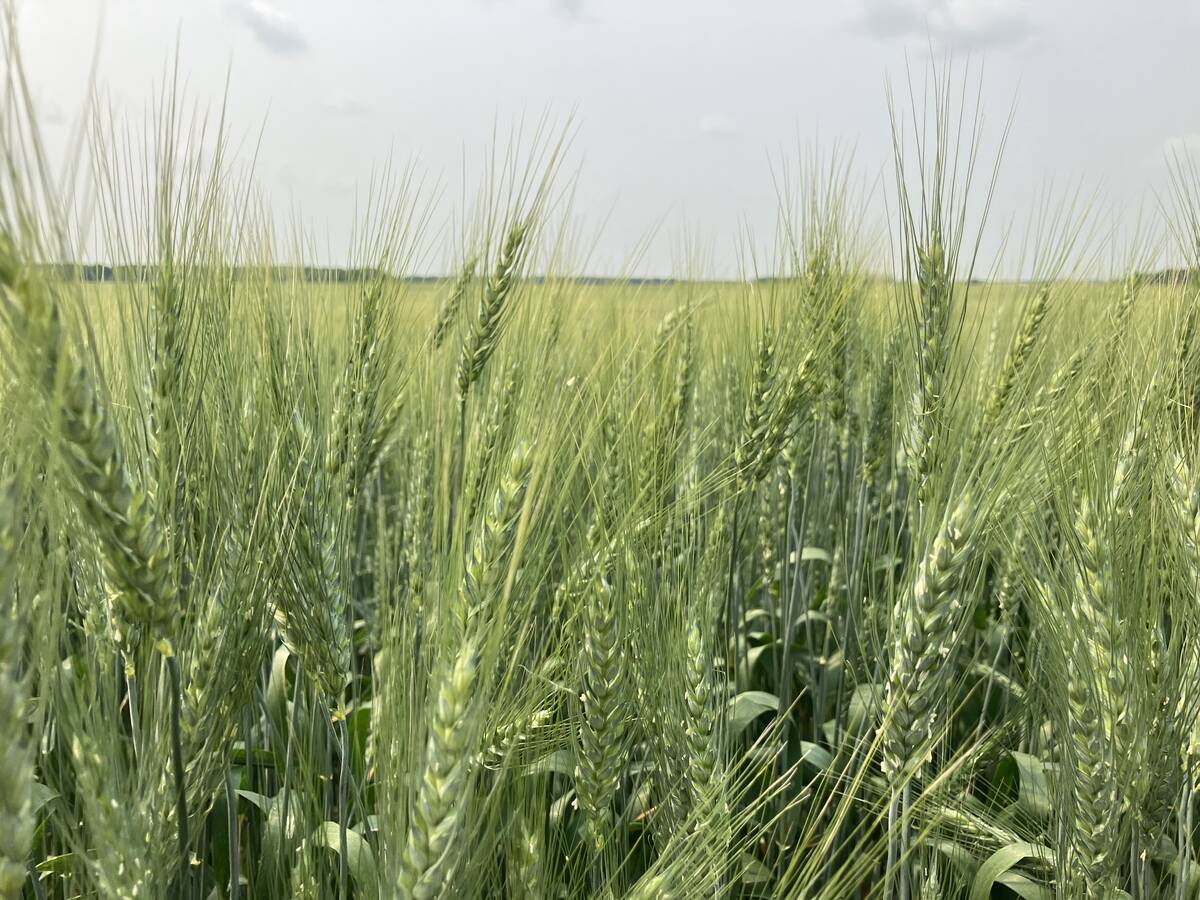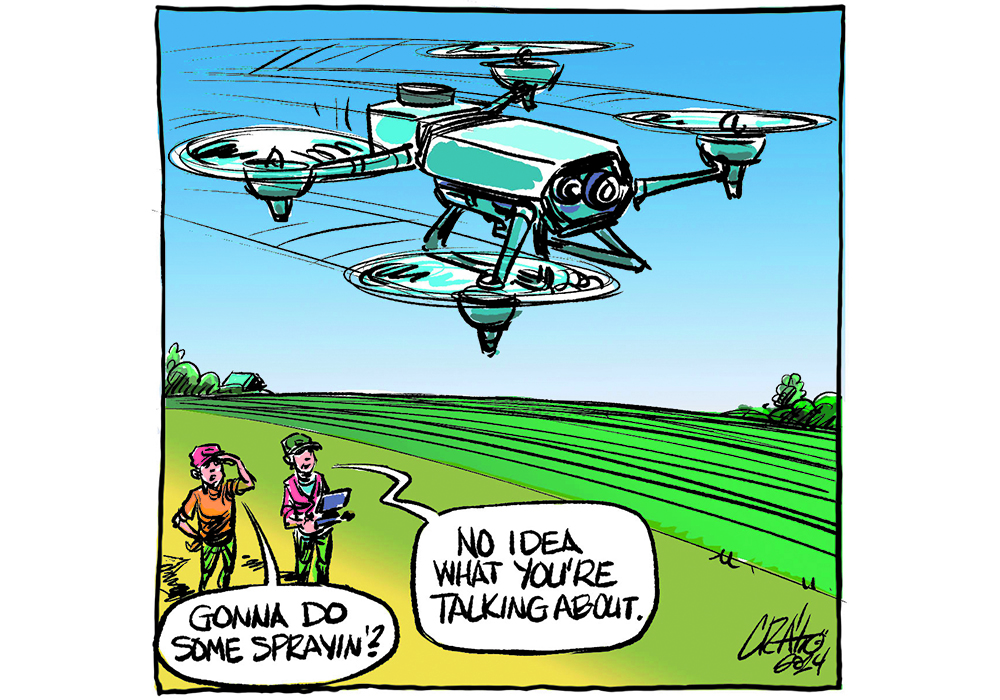Drones are one of the more intriguing new technologies tickling producers’ fancies these days, right up there with driverless farm equipment.
There are many potential on-farm applications, such as mapping fields and checking on cattle herds.
However, the potential for spraying pesticides is drawing the most attention, and drone demonstrations at the recent Ag in Motion farm show were among the most well attended.
Read Also

Sorting out the noise on fertilizer biologicals and biostimulants
Biologcials and biostimulants are gaining traction, but experts say Prairie grain growers still need to ask hard questions and look for data that backs up companies’ claims.
One industry insider said most spray drones are likely being used to apply pest control products, desiccants and herbicides.
There’s just one hitch: spraying crop protection products via drone is illegal in Canada.
“It’s not allowed, but is it being done? Absolutely,” the expert said. “And is it the primary interest? Absolutely.”
So that’s where we’re at with drones these days — a Wild West show where companies turn a blind eye and farmers flout the law.
It’s an untenable situation that will surely end in fines and tarnished reputations if something isn’t done soon to bring order to the frontier.
It’s clear that many farmers want to use this technology to make their lives easier and more efficient. It’s galling for them to see their competitors in other parts of the world able to spray with drones.
Asian producers have been doing it since the 1990s, and the practice is also legal in many states south of the border.
There’s a strong temptation for farmers to blame federal regulators for this inconsistency, and to some degree the criticism is justified.
But they should focus more directly on the companies that make the herbicides and fungicides. It’s up to them to apply to the Pest Management Regulatory Agency for label changes on products so they can be applied with drones.
The PMRA requires a great deal of research data to accompany a label change request, covering areas such as product concentration and drift potential. This research is expensive, which likely explains why applications aren’t being made.
Some would like the PMRA to allow one blanket label change application covering all products, but that’s not likely.
Others want an aerial label that would allow any product approved for airplane application to also apply to drones. This may sound reasonable, but a case can also be made for increased caution.
Tom Wolfe, one of the Prairies’ foremost spraying experts, says the machines warrant extra scrutiny.
“They’re nothing like anything we’ve ever seen before in terms of how they spray, how they deposit the spray, how they’re operated,” he told Glacier FarmMedia earlier this year.
Approval will likely come, but based on previous experience in other parts of agriculture, it could take 10 years. This is too long, considering farmers’ growing interest.
The obvious solution is to speed the approval process, and perhaps check-off funded producer groups could help pay for the work that chemical manufacturers must undergo as part of a label change application.
It’s reassuring to know that work is already being done on the file. Agriculture Canada has almost completed a study expected to offer advice on how to hurry the approval process.
As well, the Remotely Piloted Aerial Application System Workshop is holding its seventh annual meeting later this year to continue work on the subject.
As that progresses, there is one thing to keep in mind: if the federal government decides to get serious about enforcement, it will be farmers who pay the price, not the companies that sell pesticides or those that sell drones.
Karen Briere, Bruce Dyck, Barb Glen, Michael Robin, Robin Booker and Laura Rance collaborate in the writing of Western Producer editorials.















